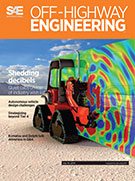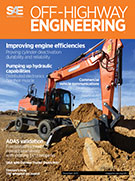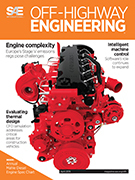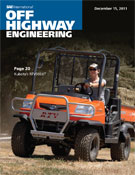Magazine
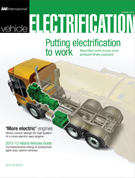
SAE Vehicle Electrification 2012-04-18
2012-04-18
Putting electrification to work For fleets, going green is a high priority-but making green is an even higher one. A move to 'more electric' engines Researchers detail a motor control design for the fuel system of a more electric aero engine, focusing on the necessary safety and reliability aspects. 2012-13 Hybrid Vehicles Guide A quick reference to the latest production HEVs and their key specifications.

